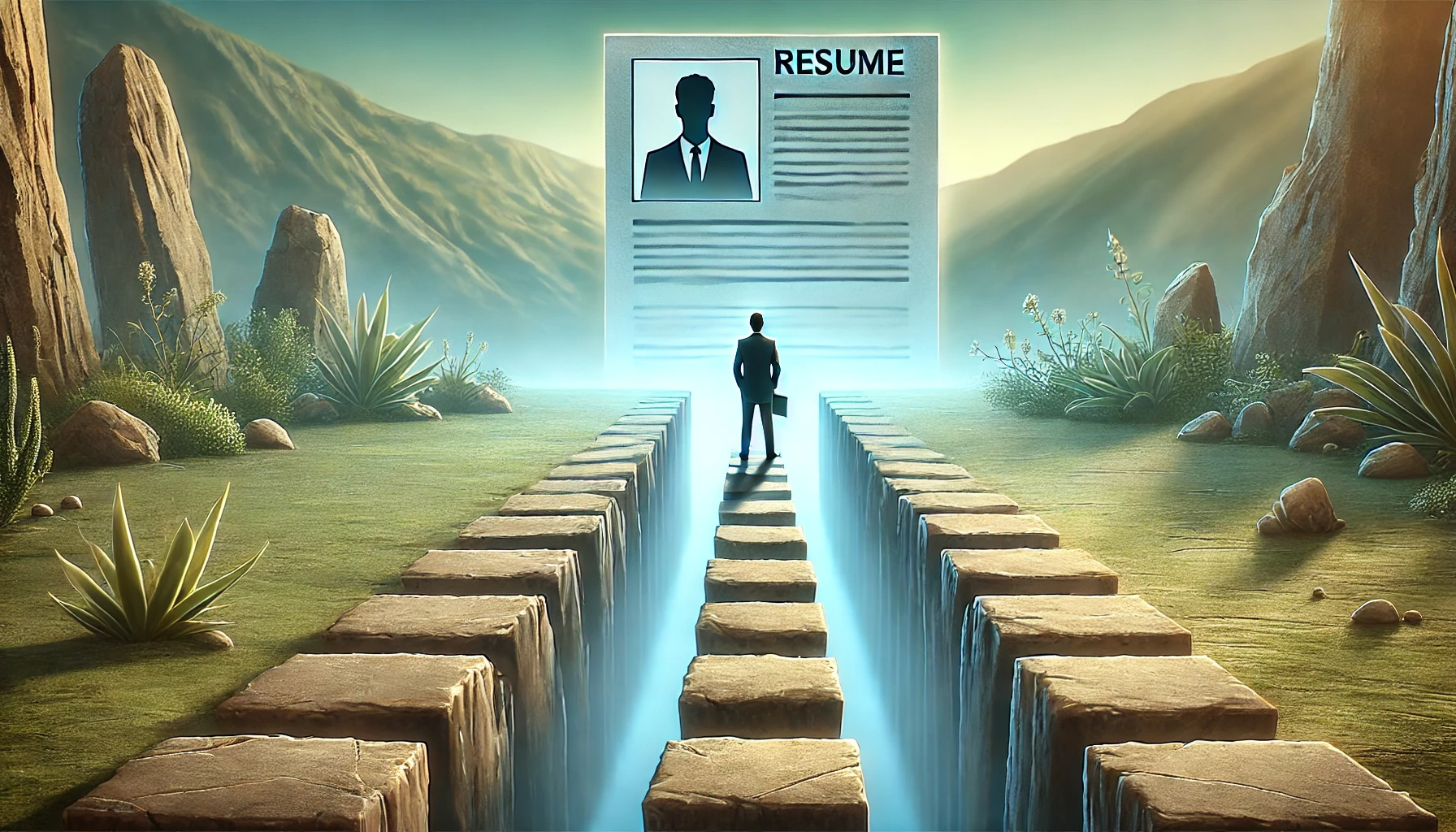Understanding the Employment Gap Due to COVID-19: How to Address It on Your Resume
The COVID-19 pandemic has disrupted economies worldwide, leading to unprecedented challenges for workers and businesses alike. One of the significant impacts of the pandemic was the widespread loss of jobs, leading to employment gaps for many individuals. If you experienced an employment gap due to COVID-19, you're not alone, and there's no need to feel uneasy about addressing it on your resume. In fact, with the right approach, you can turn this gap into a compelling part of your career narrative.
1. Acknowledge the Gap Honestly
When dealing with an employment gap, honesty is crucial. Hiring managers are aware of the impact the pandemic had on employment, and they expect to see some mention of it on resumes. It’s better to be upfront about the gap rather than leave it unexplained, which might raise unnecessary questions.
Example:
March 2020 - August 2021: Employment Gap due to COVID-19
2. Highlight Any Relevant Activities During the Gap
Even if you weren't employed during the pandemic, you might have been involved in activities that contributed to your personal or professional development. These could include:
Online Courses or Certifications: Mention any new skills or qualifications you acquired during this period. Many people took advantage of online learning platforms to enhance their expertise.
Volunteer Work: If you volunteered in your community or with an organization during the pandemic, this demonstrates your commitment to helping others and staying active.
Freelance or Part-Time Work: If you engaged in any freelance work, temporary roles, or part-time jobs, include these experiences as they can show your resourcefulness and adaptability.
Personal Projects: If you undertook any personal projects, such as writing, starting a blog, or even home improvement, these can be listed as evidence of your productivity and creativity.
Example:
March 2020 - August 2021: Employment Gap due to COVID-19
- Completed a Professional Certificate in Digital Marketing through Coursera.
- Volunteered with the Red Cross to support local COVID-19 relief efforts.
- Managed a personal blog focused on wellness and mental health during the pandemic.
3. Emphasize Soft Skills Gained
The pandemic was a time of significant challenge and change. Many people developed soft skills such as resilience, adaptability, and problem-solving, which are highly valued in the workplace. Highlighting these skills can make your resume stand out and demonstrate that you grew personally and professionally during the gap.
Example:
March 2020 - August 2021: Employment Gap due to COVID-19
- Developed strong adaptability and problem-solving skills while navigating the uncertainties of the pandemic.
- Improved time management and self-discipline through online learning and personal projects.
4. Explain the Gap in Your Cover Letter
Your cover letter provides an additional opportunity to address the employment gap. Here, you can briefly explain the circumstances of the gap and focus on how you used the time productively. This helps to frame the gap in a positive light and shows that you are ready to re-enter the workforce with renewed energy.
Sample Cover Letter Explanation:
During the COVID-19 pandemic, like many others, I experienced an unexpected employment gap. However, I used this time to enhance my skills and contribute to my community. I completed a certification in Digital Marketing, volunteered with local relief efforts, and managed a wellness blog, all of which have equipped me with new perspectives and skills that I am eager to bring to your organization.
5. Be Ready to Discuss the Gap in Interviews
If you secure an interview, the employment gap may come up in conversation. Be prepared to discuss it confidently and positively. Focus on what you learned, how you grew, and how you are now better prepared to contribute to the organization.
Example Response:
During the COVID-19 pandemic, I faced an employment gap, which I initially found challenging. However, I quickly realized the opportunity to focus on personal and professional growth. I completed several online courses, volunteered in my community, and pursued personal projects that not only kept me engaged but also enhanced my skills. I believe these experiences have made me more resilient and adaptable, qualities that I am excited to bring to this role.
Conclusion
An employment gap due to COVID-19 is nothing to be ashamed of. In fact, it’s an experience shared by many. By addressing the gap honestly, highlighting how you stayed productive, and focusing on the skills and experiences you gained during this time, you can turn this potential hurdle into a strength on your resume. Remember, employers are looking for candidates who are adaptable, resilient, and proactive—qualities that you likely honed during this challenging period.
By following these tips, you can present your employment gap as a period of growth and development, making it a valuable part of your career story.









